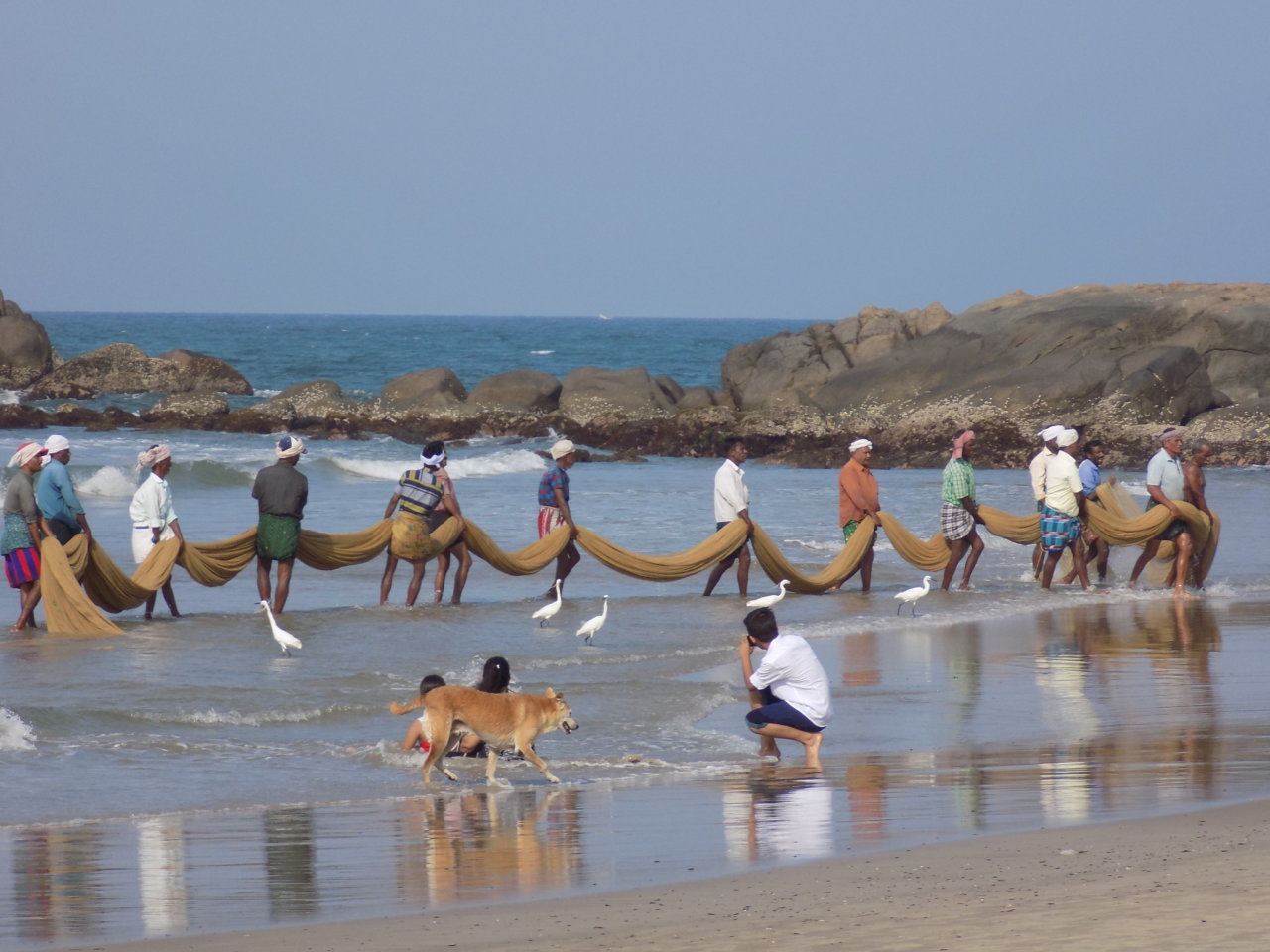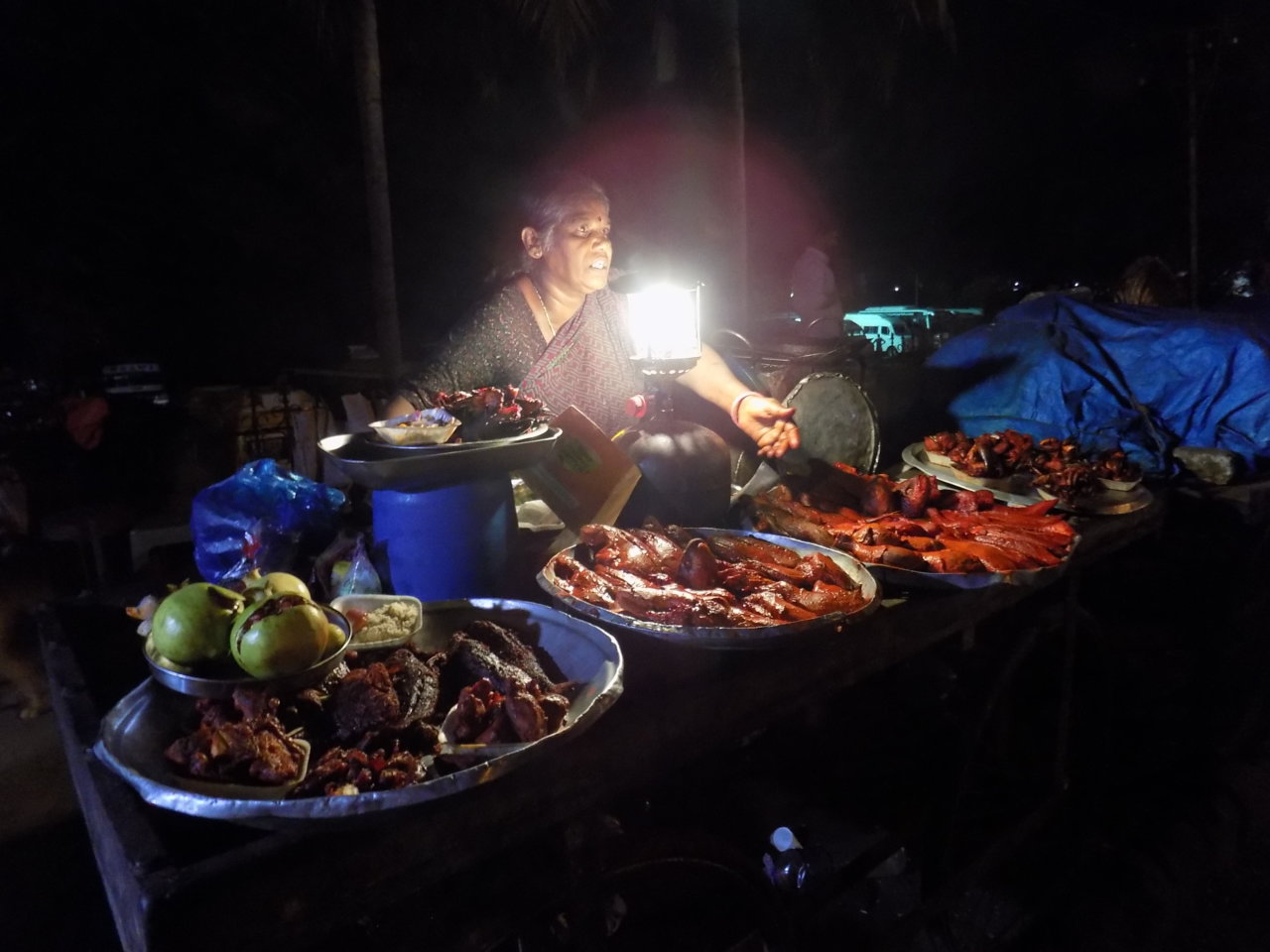| Thai Hoa Palace, Imperial City, Hue |
We visited the city of Hue recently and spent one of our four days there exploring the Citadel. Built in the early nineteenth century, the Citadel is huge and, consequently, it is very easy to get completely lost!!
We crossed the river from our hotel and entered the Citadel on foot via one of the many gates accessed by crossing a footbridge. We stood on the bridge for quite a while, fascinated by the sight of hundreds of uniformed schoolchildren, carrying brooms, mops and buckets, snaking their way along the narrow streets heading to do some pre-Tet cleaning I don’t know where!
| Red and gold lacquered doors |
Once inside the Citadel, we hadn’t appreciated the scale of it and how difficult it would be to find the Imperial City! The huge flag tower that marks its entrance was completely lost from view in the narrow streets of the Citadel. We walked for a long time, asked several people who all wanted to help us in return for a large amount of dollars, allowed my Mum to get scammed while our backs were turned, consulted our map until we went cross-eyed and, eventually, went for a ‘caphe da’ (iced coffee) in order to regroup and think of a plan!
Having studied the map again carefully, and feeling refreshed after our coffee break, we headed in the direction we believed the Imperial City to be. We were correct, but we were at the exit gate, not the entrance, so were not allowed in! We had to walk a long way around the perimeter wall before finding ourselves at the main entrance. Unfortunately, some of its impact was lost because half of the structure was covered in scaffolding, but, once inside, the Imperial City did not disappoint!
| The Nine Dynastic Urns |
128 of the original 148 buildings of the Imperial City were destroyed during the war of the late sixties and early seventies, but you can still get a sense of how truly awe-inspiring the complex must have been when it was constructed in the early 1800s. The original buildings were covered in rich red and gold lacquer and had green and gold glazed roof tiles. The pavilions were set within landscaped gardens laid out around lotus-filled ornamental ponds. Some of the buildings have been restored to their former glory (some might argue that they’ve been over-restored!) and a lot of work is still continuing, but it is still somewhere to spend time wandering around, soaking in the atmosphere and admiring the skill of the early builders and the modern-day craftsmen.
You can see more photos here.
Join our mailing list

Sign up to receive our monthly newsletter. Keep up with what we're doing and be the first to receive special offers and insider tips.










